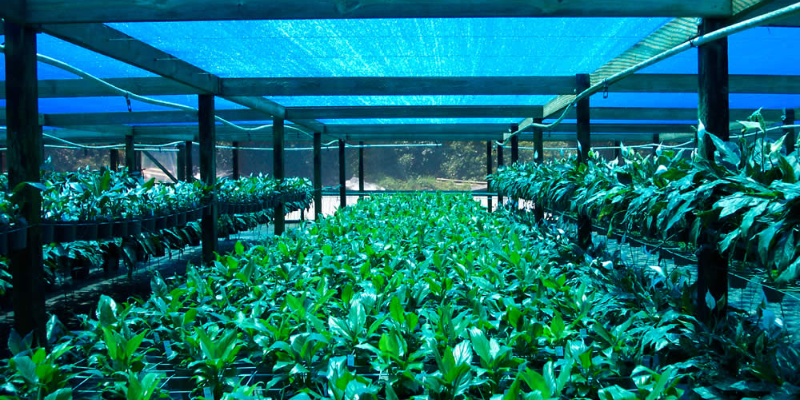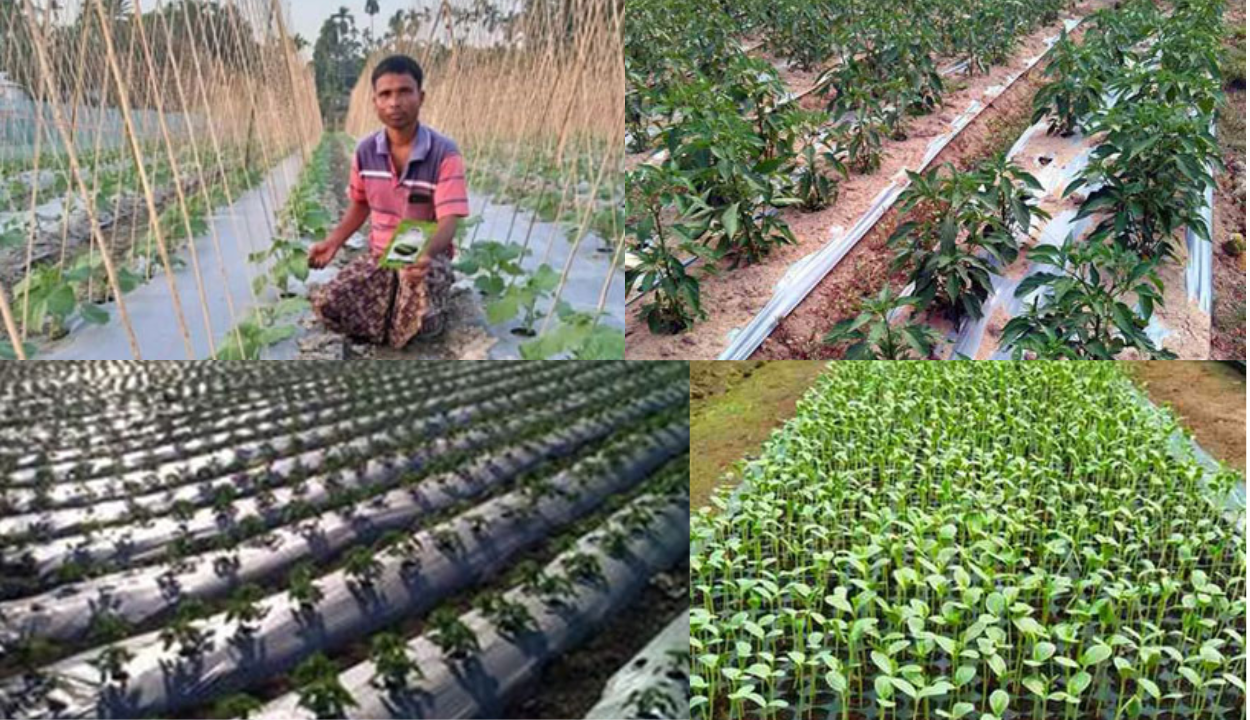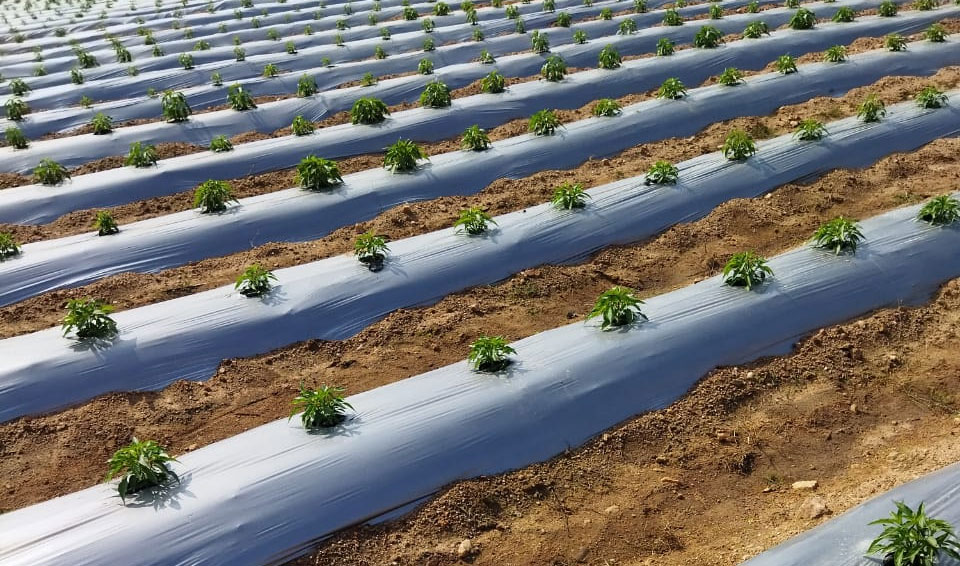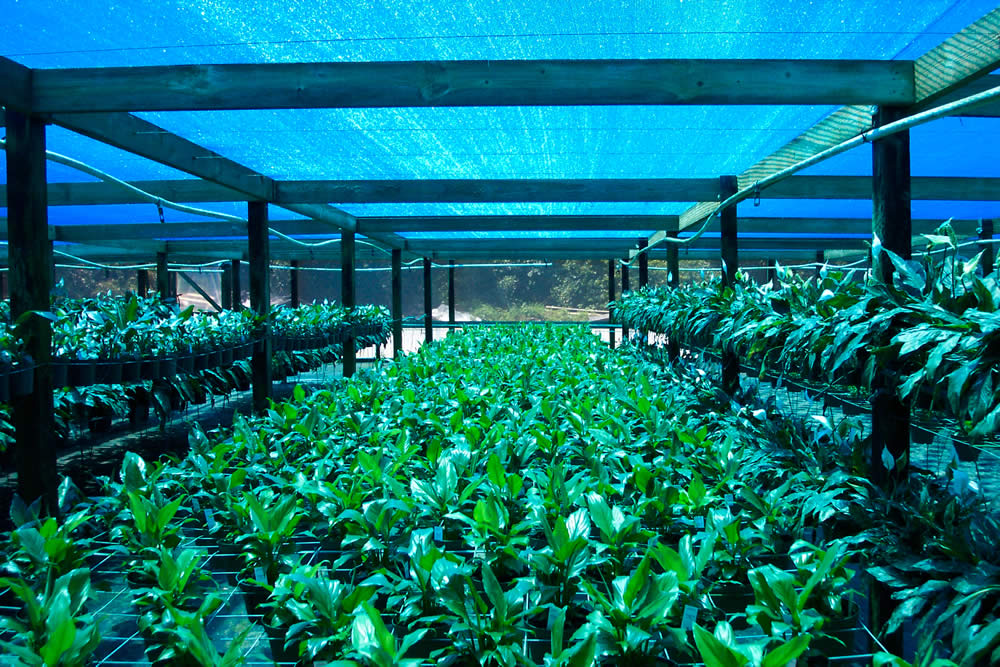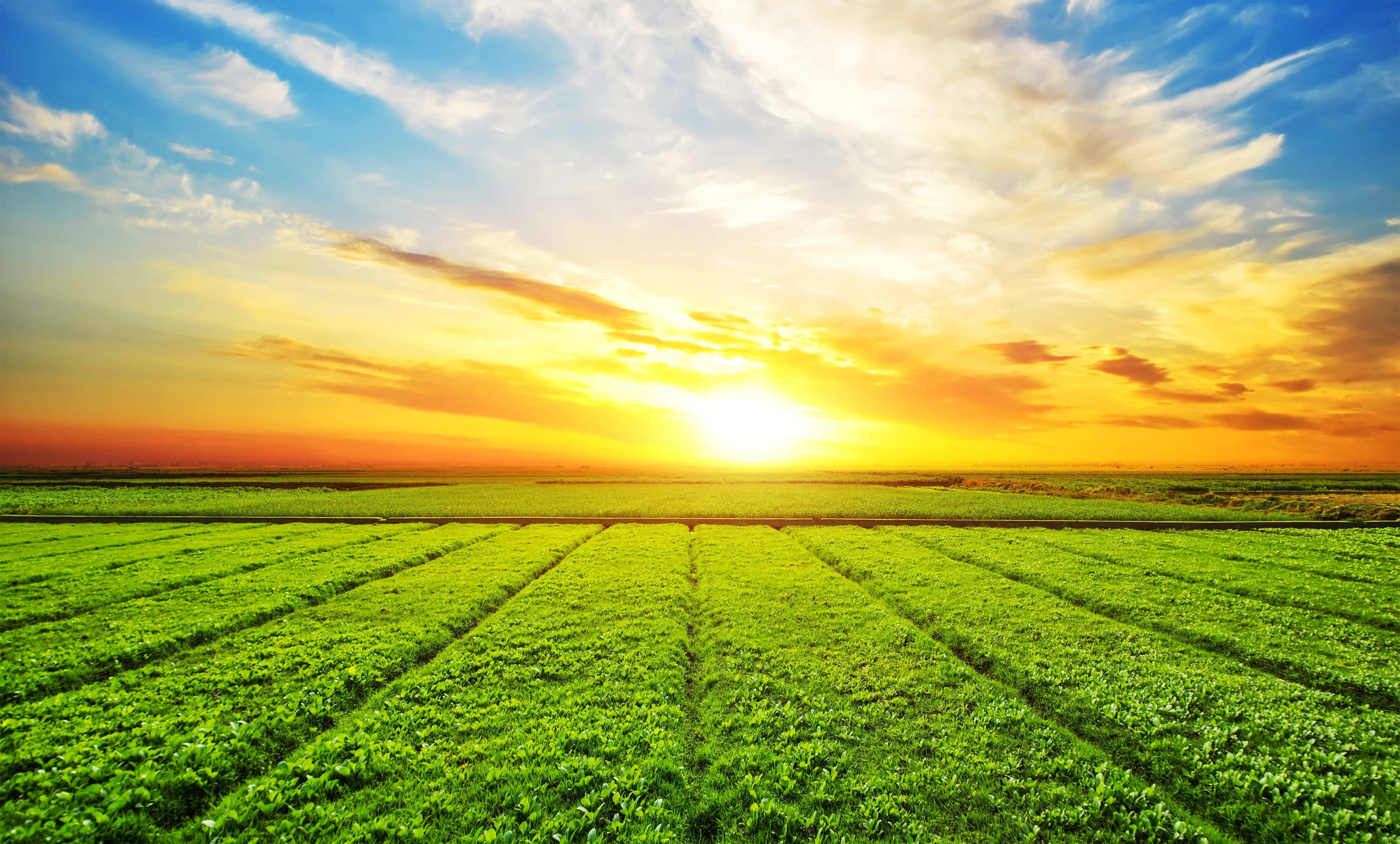
Environmental impact on Agriculture
Agriculture is the science and art of cultivating plants and livestock. Agriculture was the key advancement in the rise of inactive human civilization, whereby farming of domesticated species created food surpluses that facilitated people to live in cities. Modern agronomy, plant breeding, agrochemicals such as pesticides and fertilizers, and technological developments have piercingly increased yields, while causing widespread ecological and environmental damage. Selective breeding and modern practices in animal husbandry have similarly increased the output of meat, but have raised trepidation about animal welfare and environmental damage. Environmental impact on agriculture includes contributions to global warming, depletion of aquifers, deforestation, antibiotic resistance, and growth hormones in industrial meat production. Genetically modified organisms are widely used, although some are banned in certain countries.There are many environmental impact on agriculture: -
• Pesticide use has increased since 1950 to 2.5 million short tons annually worldwide, yet crop loss from pests has remained relatively constant. The World Health Organization estimated in 1992 that three million pesticide poisonings occur annually, causing 220,000 deaths. The Push–pull agricultural pest management technique involves intercropping, using plant aromas to repel pests from crops (push) and to lure them to a place from which they can then be removed (pull).
• Global warming affects agriculture through changes in average temperatures, rainfall, and weather extremes (like storms and heat waves); changes in pests and diseases; changes in atmospheric carbon dioxide and ground-level ozone concentrations; changes in the nutritional quality of some foods; and changes in sea level. Global warming is already affecting agriculture, with effects unevenly distributed across the world. Animal husbandry is also responsible for greenhouse gas production of CO2 and a percentage of the world's methane, and future land infertility, and the displacement of wildlife.
• A senior UN official, Henning Steinfeld, said that "Livestock are one of the most significant contributors to today's most serious environmental problems". Livestock production occupies 70% of all land used for agriculture, or 30% of the land surface of the planet. It is one of the largest sources of greenhouse gases, responsible for 18% of the world's greenhouse gas emissions as measured in CO2equivalents. By comparison, all transportation emits 13.5% of the CO2. It also generates 64% of the ammonia emission. Livestock expansion is cited as a key factor driving deforestation; in the Amazon basin 70% of previously forested area is now occupied by pastures and the remainder used for feedcrops. Through deforestation and land degradation, livestock is also driving reductions in biodiversity. Furthermore, the UNEP states that "methane emissions from global livestock are projected to increase by 60 per cent by 2030 under current practices and consumption patterns.
• Current farming methods have resulted in over-stretched water resources, high levels of erosion and reduced soil fertility. There is not enough water to continue farming using current practices; therefore how critical water, land, and ecosystem resources are used to enhance crop yields must be reconsidered.
So if you want to buy shade nets, neha shade nets provide you shade nets with variety of colors having it’s own agricultural importance.





